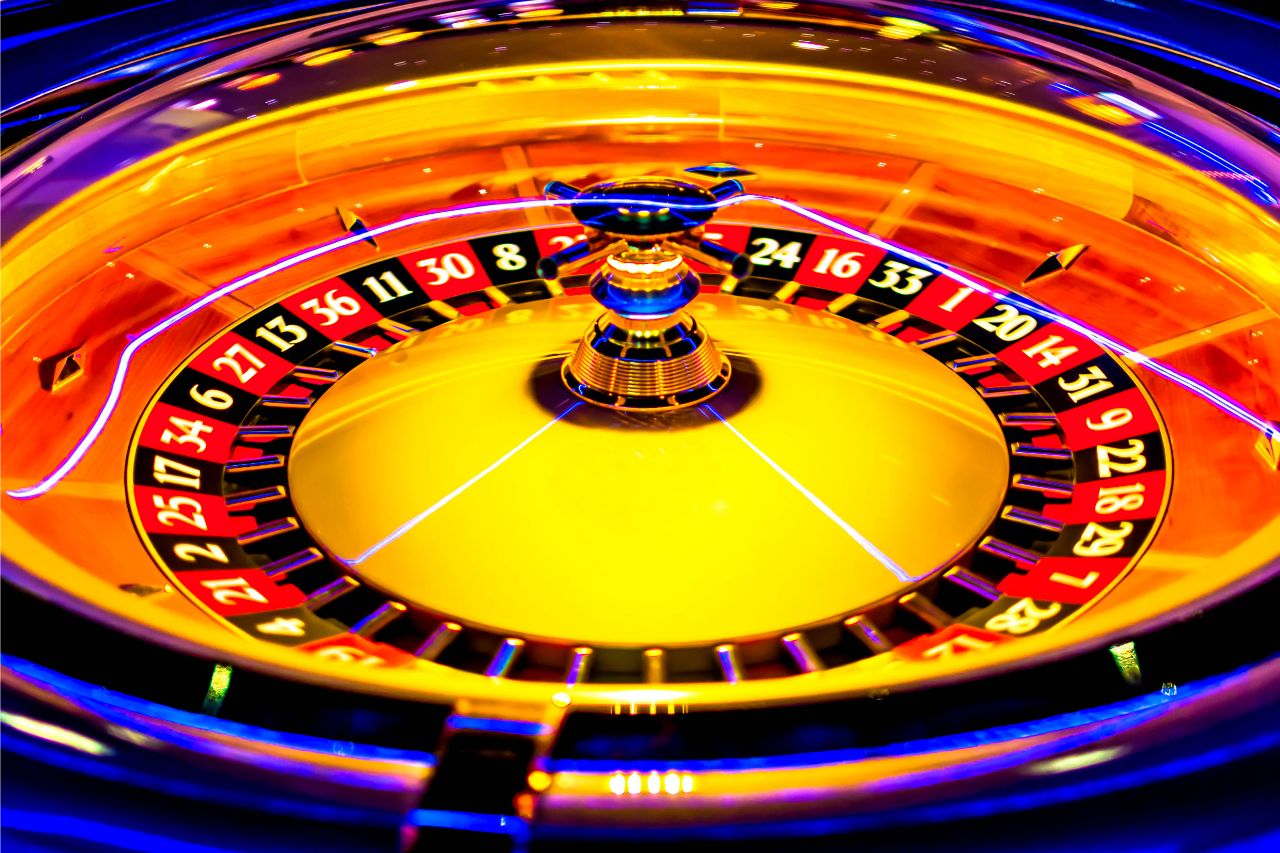Last Updated on September 15, 2023

In the captivating universe of casino gaming, few games embody sophistication and allure quite like French Roulette. With its distinctive rules and layout, this classic variant has maintained its charm and appeal among gamblers worldwide. From the graceful rotation of the wheel to the strategic wagers placed by players, French Roulette offers an experience that seamlessly combines tradition, strategy, and the thrill of uncertainty. In this article, we’ll delve into the captivating realm of French Roulette, uncover its historical origins, dissect its gameplay intricacies, explore tailored strategies, and illuminate the factors that contribute to its enduring appeal.
Tracing the Roots and Uniqueness
French Roulette finds its roots in 18th-century France, evolving from early roulette iterations. Its notable features encompass the “La Partage” and “En Prison” rules, granting players opportunities to mitigate losses on even-money bets. The wheel itself boasts 37 pockets – the numbers 1 through 36 and a solitary zero (0) – offering a subtly distinct experience compared to American and European variations.
Gameplay Excellence
Central to French Roulette is the graceful roulette wheel, adorned with 37 slots featuring numbers in a non-sequential arrangement. The gameplay exudes simplicity: players place their bets on the table layout, predicting where the ball will find its final resting place as the wheel’s spin concludes.
French Roulette’s allure stems from the harmonious interplay of luck and strategy. Betting options span from straightforward selections, like choosing a single number or a color, to more intricate combinations that cover specific sections of the wheel. Payouts are tailored to the probability of the chosen outcome occurring.
Tailored Strategies for Success
The distinct rules and layout of French Roulette have given rise to strategies customized to its nuances. Although no strategy guarantees unvarying triumphs due to the inherent unpredictability of the game, several strategies align with the game’s specific characteristics:
- The La Partage Strategy: Capitalizing on the “La Partage” rule, players losing even-money bets due to the zero outcome receive half their initial wager back. This rule diminishes the house edge on even-money bets, rendering them more enticing to players aiming to limit losses.
- The En Prison Strategy: Exploiting the “En Prison” rule, players with losing even-money bets due to a zero outcome can choose to “imprison” their bet for the next spin. If their bet succeeds on the subsequent spin, they reclaim their full wager. This rule further elevates the odds for players engaging in even-money bets.
- The Fibonacci French Twist: Adapting the Fibonacci sequence to French Roulette, players can adjust their bets after wins and losses to accommodate the “La Partage” and “En Prison” rules. This strategy empowers players to optimize their betting progression within the framework of the distinct French Roulette rules.
The Voisins du Zéro Approach: This strategy centers on placing bets on specific wheel sections termed “Voisins du Zéro,” which cover numbers neighboring the zero pocket. Given the distinct layout of French Roulette, players can tailor their bets to these designated sections for potential wins.
Embracing the Enduring Charisma
French Roulette stands as a testament to the timeless allure of casino games that seamlessly merge tradition, strategy, and chance. From the graceful journey of the ball around the wheel to the collective anticipation as it finds its designated pocket, the game delivers a captivating rush that beckons players back time and again. As bets are astutely placed and the wheel commences its mesmerizing spin, the allure of French Roulette persists, effortlessly uniting the realms of calculated risks and the thrill of unpredictability in a domain of unending enchantment.
